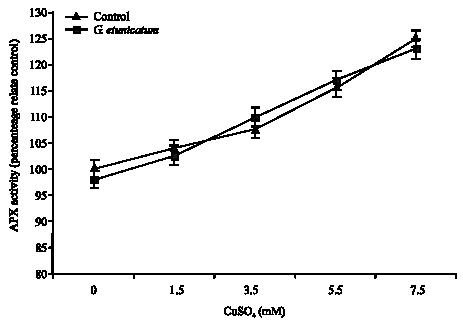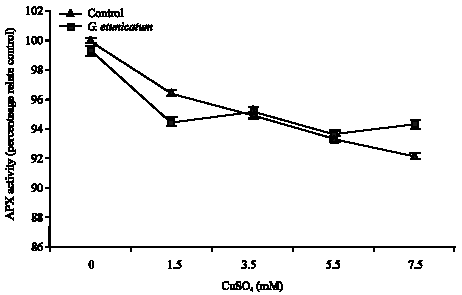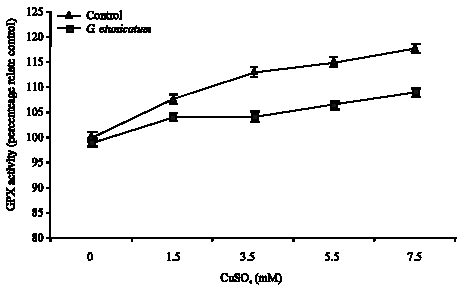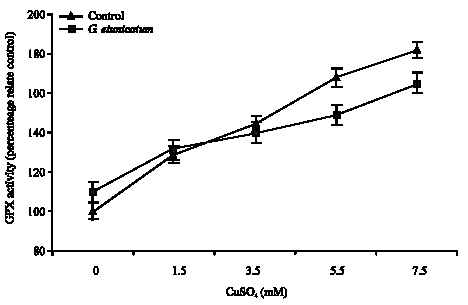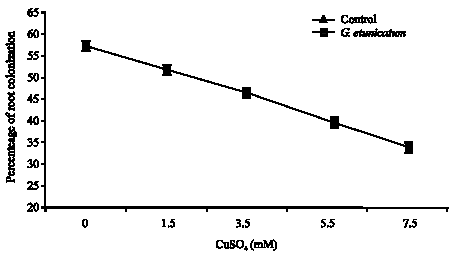Research Article
Copper Toxicity Influence on Antioxidant Enzymes Activity in Tomato Plants and Role of Arbuscular Mycorrhizal Fungus Glomus etunicatum in the Tolerance of Toxicity
Department of Biology, Faculty of Science, Urmia University, Urmia, Iran
Jalil Khara
Department of Biology, Faculty of Science, Urmia University, Urmia, Iran
Shadi Farshian
Department of Biology, Faculty of Science, Urmia University, Urmia, Iran









